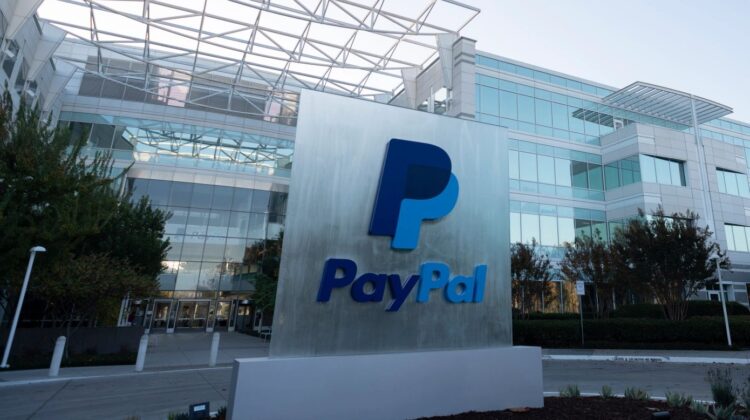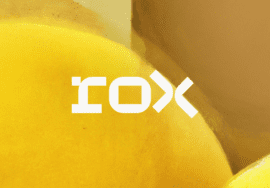

Is PayPal’s Stock Overvalued or Undervalued?
(NASDAQ: PYPL) shares have lagged the S&P 500 in 2021, generating a year-to-date total return loss of -21.1%. PayPal stock has had a wild ride in recent years, but investors may be wondering whether there’s any value in PayPal shares after the recent pullback.
EARNINGS:
A price-to-earnings ratio (PE) is one of the most basic fundamental metrics for gauging a stock’s value. The lower the PE, the higher the value. For comparison, the S&P 500’s PE is currently at about 29.6, nearly double its long-term average of 15.9. making PayPal look overvalued. PayPal’s forward PE ratio is also more than double the average multiple of its financial sector peers, which are averaging a 15.0 forward earnings multiple.
Yet when it comes to evaluating a stock, earnings aren’t everything. The growth rate is also critical for companies that are rapidly building their bottom lines. The price-to-earnings-to-growth ratio (PEG) is a good way to incorporate growth rates into the evaluation process. The S&P 500’s overall PEG is currently about 1.0; PayPal’s PEG is 2.28, suggesting PayPal is still overvalued after accounting for its growth.
Price-to-sales ratio is another important valuation metric, particularly for unprofitable companies and growth stocks. The S&P 500’s PS ratio is currently 3.22, well above its long-term average of 1.63. PayPal’s PS ratio is 9.5, nearly three times the S&P 500 average as a whole. PayPal’s PS ratio is also up 88% over the past five years, suggesting the stock is priced at the high end of its historical valuation range.
Finally, Wall Street analysts see value in PayPal stock over the next 12 months.








